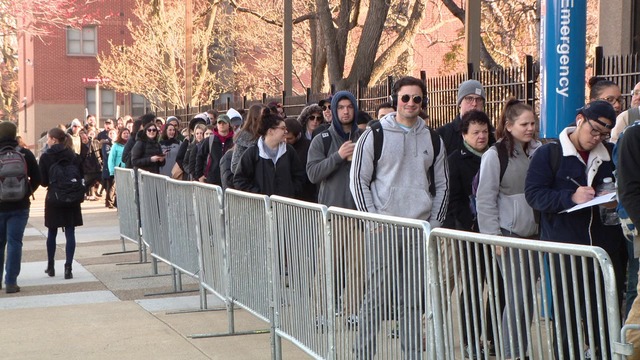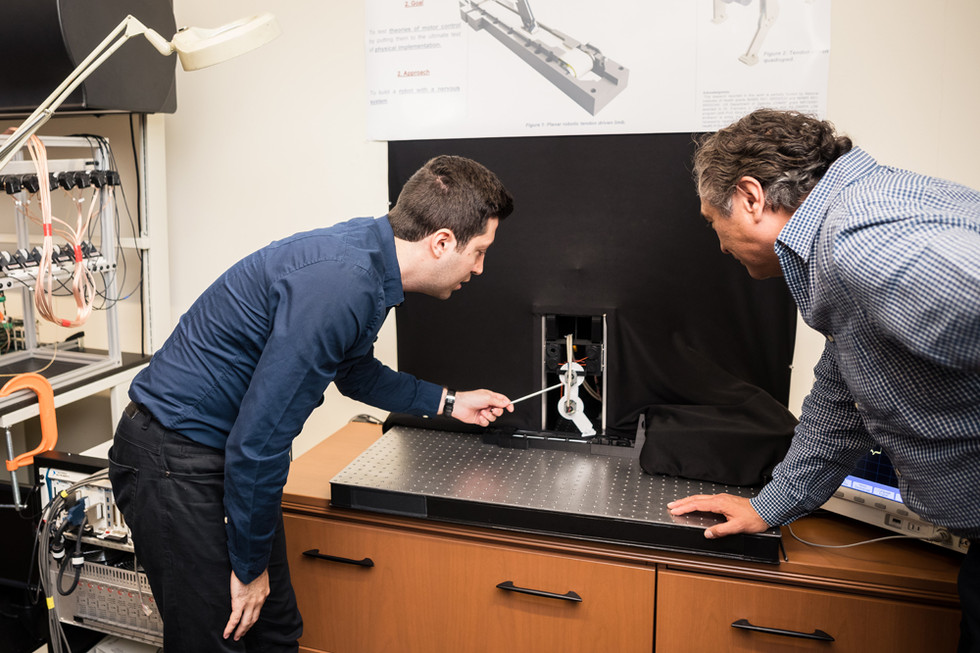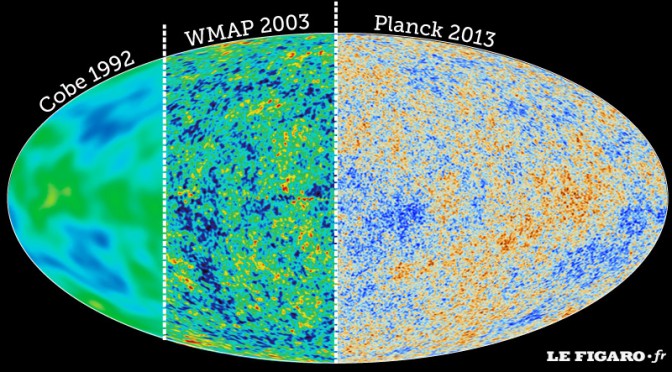The work of Science is never done; there is always more to learn. Not only that but it often happens that two or even more researchers can be working on the same subject and both make important new discoveries at almost the same time. This means that those of us who try to keep up to date on the latest science every so often need to update ourselves on topics we though we’d just read about.
Today I’m going to give updates on three of my previous posts starting with a quick update on the outbreak of Mumps at Temple University which I mentioned in my post of the 23rd of March of this year about Vaccines and childhood diseases. Well cases of the Mumps have now spread to other Universities and High Schools in the Philadelphia area while the total number of cases has risen to over 1,000.
However the news is not all bad because the rapid spread of the disease has spurred many young people to get vaccinated, Temple in fact planned to provide 1800 vaccine injections for free but after three days 4819 shots in fact had been administered. At the same time Rockland County in the State of New York is now prohibiting unvaccinated children from entering schools of even public places. Which may be a bit unfair, after all they’re not at fault, it’s their stupid parents who refused to get them vaccinated. Finally it appears as if social media will even begin to take steps against the blatant falsehoods being spread by the anti-vaccination conspiracists.

It seems as if humanity’s long held fear of disease is still strong enough to force society to enact common sense solutions. It’s just a shame that thousands of innocent children have to get sick before anyone is willing to do the right thing.
My second update deals concerns research related to developments I talked about in my post of 23 February 2019. In that post I discussed an effort at the Creative Machines Lab at Columbia University’s Department of Engineering to use the Artificial Intelligence (AI) tool known as Deep Learning to give a robotic arm an awareness of its own capabilities, to give it a basic self-awareness.
Well the engineers at Columbia aren’t alone in their efforts because their Colleagues at the University of Southern California’s Viterbi School of Engineering are working on a similar project with a robotic leg. Now the group at Columbia first allowed their robotic arm to use trial and error to learn about itself before they deformed it and forced it to adjust to its new capabilities.

The group at USC however have developed a bio-inspired AI algorithm that enabled their leg to not only learn how to walk in about five minutes, but also how to right itself after being ‘tripped’, in much the same way that living creatures do. Both robotic limbs learn about their own capabilities by performing random motions, ‘motor babbling’ as it is known. In time the motions of both limbs became more coordinated, more purposeful, exactly like the motions that a baby makes as it is learns what it can do. This is important because one of the current problems with robots is that their movements must be entirely and precisely programmed. AI techniques that allow robots to learn how to move, even in unforeseen circumstances, will greatly increase the number of jobs they can accomplish.
The engineers at USC, led by doctorial candidate Ali Marjaninejad, hope to use their learning leg for more than just robots however. One of their goals is to apply their learning leg as an assistive technology for human prosthetics. According to co-author Valero-Cuevas, “Exoskeletons or assistive devices will need to naturally interpret your movements to accommodate what you need.” Sounds like just the thing the robot leg is built for!

As my final update is to my post of 25 August of 2018 and concerns a somewhat larger subject, indeed there could hardly be a larger subject than whether or not there was anything before the Big Bang. In my earlier post I discussed the research of Roger Penrose of the Mathematical Institute in Oxford and V.G. Gurzadyan of the Yerevan Physics Institute in Armenia who described how it might be possible to observe echoes of the universe before the big bang in the Cosmic Microwave Background (CMB), fossil remains of a bygone era if you will.

Now Xingang Chen, Abraham Loeb and Zhong-Zhi Xianyu of Harvard University have published a new model which predicts that the oscillation signals of ‘primordial clocks’ could have survived through the big bang itself. Like the model of Penrose and Yerevan the researchers at Harvard base their concept on a cyclic universe, that is a universe where the present expansion comes to a halt, followed by a contraction leading to a big crunch. In this scenario the big bang becomes more of a big bounce and the whole cycle repeats itself endlessly.

The two models share much in common, particularly the conclusion that the fossil traces of time before the big bang will be imprinted onto the CMB and should be observable with the next generation of space telescopes and enhanced ground instruments. Perhaps within the next decade or so we may have our first glimpse of what our universe was like before the big bang.
